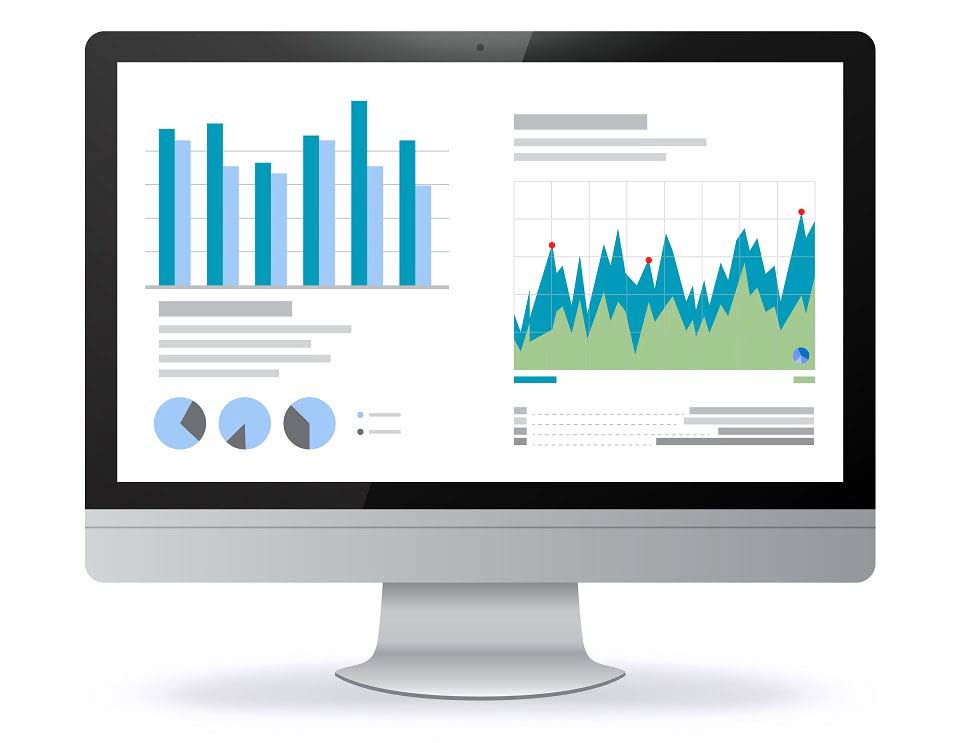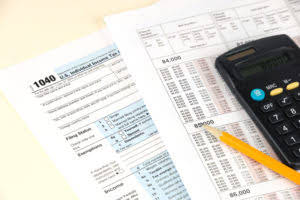Salvage Value of Car Calculator

Scrap Value is a projected value of an asset that can’t be used any longer for original purposes. The Ascent is a Motley Fool service that rates and reviews essential products for your everyday money matters. You might learn through research that your asset will be worthless at the end of its useful life.
How to calculate and record depreciation with salvage value
- The residual value of a car is calculated by the bank or financial institution; it is typically calculated as a percentage of the manufacturer’s suggested retail price (MSRP).
- Market demand for similar assets affects their resale price, with higher demand typically leading to a higher salvage value, influencing the asset’s worth at the end of its useful life.
- If the asset is sold for less than its book value then the difference in cost will be recorded as the loss of the tax values.
- By considering the after-tax salvage value, businesses can make strategic decisions about whether to sell an asset or continue using it.
- For example, the double-declining balance method suits new cars well since they tend to lose a significant amount of value in the first couple of years.
On the other hand, salvage value is an appraised salvage value calculation estimate used to factor how much depreciation to calculate. If a company wants to front-load depreciation expenses, it can use an accelerated depreciation method that deducts more depreciation expenses upfront. Many companies use a salvage value of $0 because they believe that an asset’s utilization has fully matched its expense recognition with revenues over its useful life. The Straight-Line Depreciation method, for instance, uses salvage value to determine the annual depreciation expense. Generally Accepted Accounting Principles (GAAP) require accrual accounting method businesses to depreciate, or slowly expense over time, fixed assets instead of booking one expense on the purchase date. Under most methods, you need to know an asset’s salvage value to calculate depreciation.
- You might learn through research that your asset will be worthless at the end of its useful life.
- A strong example is assets that must adhere to regulatory disposal requirements to remove waste without environmental contamination.
- Our mission is to help millions of people generate $3 billion of income outside the traditional public markets by 2025.
- Based on your analysis and market research, you expect the building to have a useful life of 25 years.
- Companies estimate salvage value to determine the amount to which an asset’s value is depreciated over its useful life.
- Briefly, suppose we’re currently attempting to determine the salvage value of a car, which was purchased four years ago for $100,000.
- To bring the concept of salvage value to life, let’s consider a real-world example involving real estate, an alternative investment asset.
How to Use the Salvage Value Calculator

Nothing on this website is intended as an offer to extend credit, an offer to purchase or sell securities or a solicitation of any securities transaction. 7 Investors should carefully consider the investment objectives, risks, charges and expenses of the Yieldstreet Alternative Income Fund before investing. Investments in the Fund are not bank deposits (and thus not insured by the FDIC or by any other federal governmental agency) and are not guaranteed by Yieldstreet or any other party.
- The chosen depreciation method influences the book value of the asset, impacting the gain or loss on disposal.
- It represents the amount that a company expects to receive for selling or disposing of an asset after it has been fully depreciated.
- If we imagine that this value would be nil, there would be no chance of any reduction in depreciation.
- One method of determining depreciation involves considering the asset’s salvage value.
- In other words, the best place to find an asset’s market value is where similar goods are sold, or where you can get the best price for it.
- Say your carnival business owns an industrial cotton candy machine that costs you $1,000 new.
What Is an Asset’s Salvage Value?
It represents the estimated value of an asset when it is no longer useful or productive to a company. Understanding salvage value is significant as it influences various financial decisions regarding asset management and depreciation. Two common methods are straight-line depreciation and declining balance depreciation. In straight-line depreciation, the same amount is depreciated each year over the asset’s useful life. In contrast, the declining balance method involves depreciating a larger portion of the asset’s value in the early years of its useful life, https://www.bookstime.com/ with the amount decreasing over time.

Most businesses opt for the straight-line method, which recognizes a uniform depreciation expense over the asset’s useful life. However, you may choose a depreciation method that roughly matches how the item loses value over time. Cash method businesses don’t depreciate assets on their books since they track revenue and expenses as cash comes and goes. However, calculating salvage value https://x.com/BooksTimeInc helps all companies estimate how much money they can expect to get out of the asset when its useful life expires.

How Does the Salvage Value Calculator Beneficial?
Depreciation represents the allocation of the cost of an asset over its useful life, and understanding how salvage value factors into this process is essential for accurate financial reporting and planning. Accurately determining the salvage value is essential for calculating depreciation, understanding the total cost of ownership, and making informed financial decisions about asset purchases and disposals. The tool’s simplicity makes it accessible for both individuals and business professionals, providing quick and accurate estimations for various financial scenarios. Book value is the historical cost of an asset less the accumulated depreciation booked for that asset to date. This amount is carried on a company’s financial statement under noncurrent assets.
